
Route Overview
Where is the Speyside Way Whisky Trail?
The Speyside Way is one of Scotland’s Great Trails. It runs for 116km, from Buckie on the shore of the Moray Firth coast to Aviemore and Kincraig on the edge of the Cairngorm Mountains.
For much of its route, the trail follows the valley of the River Spey and passes through the heart of the Speyside Whisky region. This area has the largest concentration of whisky distilleries in Scotland and produces some renowned names such as Glenfiddich, The Glenlivet, and The Macallan.
Why should you walk the Speyside Way Whisky Trail?
For the most part, the well-marked Scottish trail offers walkers, easy and level walking, mostly traversing on former railway tracks, a military road, and forest tracks. As well as the many distilleries along the route, you will also find nature and wildlife in its bounties, as the route passes through a variety of landscapes including pine and birch woodland, over heather moor, and along riverside tracks.
When is the best time to walk the Speyside Way Whisky Trail?
Scottish weather is famously known around the world but Speyside is actually considered to be the driest and warmest region in Scotland. Located between the coast and the mountains, the geographic conditions here still ensure variability and a certain unpredictability for weather forecasters.
The months from April to June are generally considered a favourable time to travel in Scotland. During this time, there is more sunshine and less rainfall than in the subsequent summer months. May is normally one of the more popular months for hiking in Scotland. The days are long, the temperature rises and the average rainfall is lower than in the other summer months.
But also in spring—with the reawakening of nature—is a magical time to visit. Autumn radiates romance and cosiness, with the beautiful changing colours of the leaves and landscape, which goes perfectly with evenings filled with whisky and shortbread.
In winter, some of the accommodations are closed and snowfall can make hiking trails impassable. The hiking season here generally lasts from March to October. During this period, it is entirely up to you which time of year you prefer to hike the Speyside Whisky Trail.
How long does it take to hike the Speyside Way Whisky Trail?
The length of a hike on the Speyside Way depends on how many miles / kilometres you want to hike each day and which route you choose, 5 to 8 days should be planned for the entire trail depending on your desired daily walking distance and route. If you want to be on the path longer or shorter, you can choose a different starting point or run the additional routes mentioned above. With Hillwalk Tours you can book tailor-made hikes and choose between gentle, moderate, and challenging levels.
It is also worthwhile allowing enough time for visits to the more than 20 distilleries near the trail so that you can fully enjoy your visit to the region.
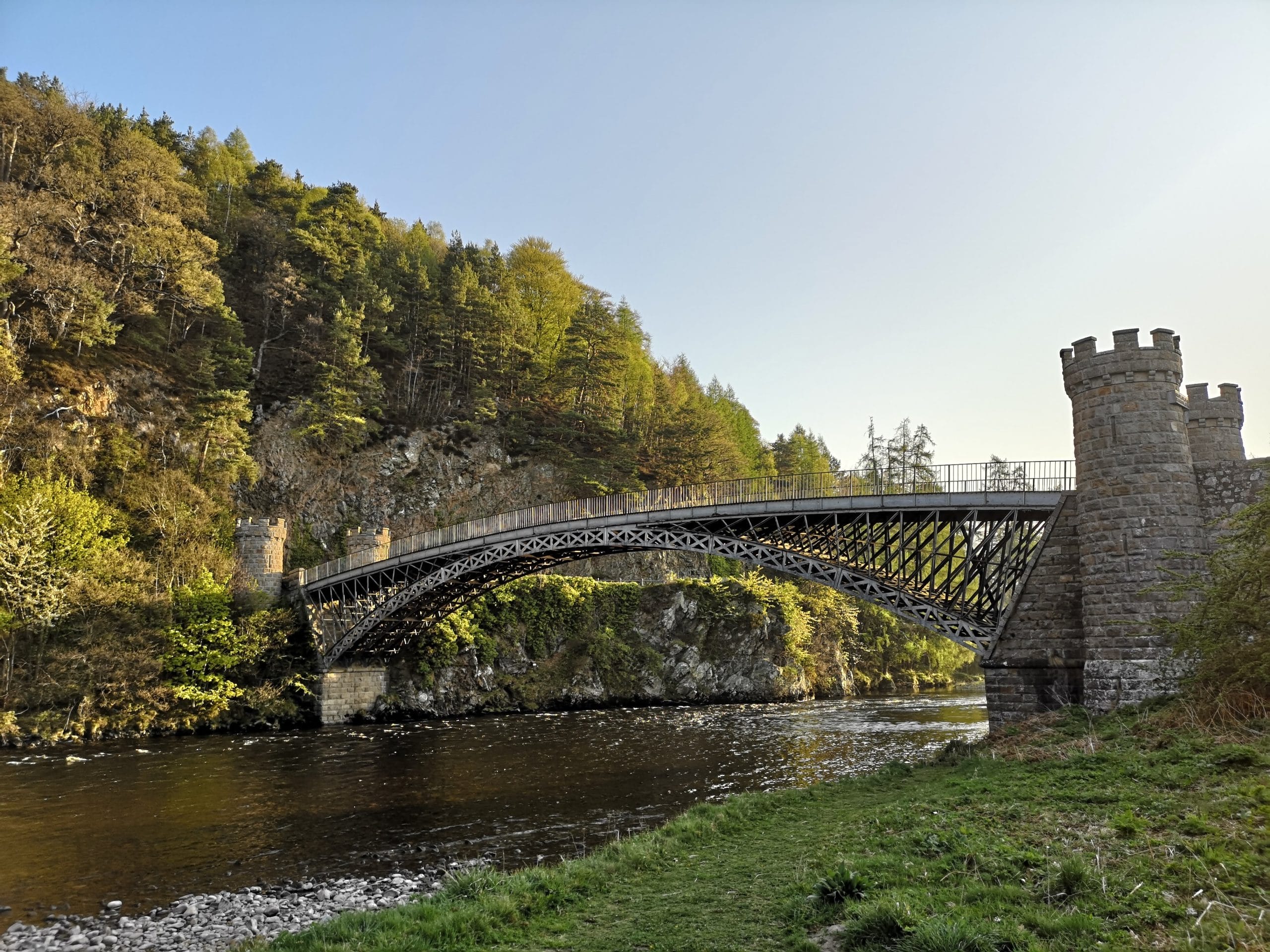
Tour Route
Types of Trails
Choosing the right hiking tour for you can be, at times, tricky. It is always important to consider your own physical capability and comfort levels.
For example, at Hillwalk Tours, we have grouped each trail route we offer into three categories depending on personal preference and fitness levels. These are – gentle, moderate, and challenging. Each of these categories, depending on the destination, will include anything from 4 to 13-day itineraries, with customers given the option to add rest days where they see fit.
Our gentle hikes are perfectly suited for those who would consider themselves as a part-time hiker who enjoys taking photos and meeting locals while taking in the spectacular scenery. Our moderate hikes will suit people who are used to regular exercise and appreciate the opportunity of covering plenty of ground each day without going beyond their limits. Finally, our challenging hikes are for hikers who look to set off early in the morning and not stop until they have reached their destination.
With regards to our Speyside Way Whisky trail, we offer gentle, moderate and challenging hikes. Each of these hiking categories cover the following average hiking distance and time each day:
Gentle: 16-17km or 10-10.5 miles and between 4-6 hours per day
Moderate: 22-24km or 13.5-15 miles and between 5-7 hours per day
Challenging: 25km or 15.5 miles and between 6-8 hours per day

Hillwalk Tours Guidebooks & Notes
If you decide to walk the trail with Hillwalk Tours, you will receive a detailed walking pack once you have fully booked your hiking holiday. This walking pack will include detailed Ordnance Survey (OS) maps and unique route notes and walking directions written and constantly updated by our route development team. By personally walking each trail and creating our own detailed route notes, it allows us to provide more itineraries, route options and alternatives than what you will typically find across generic guidebooks. It also includes GPS tracks meaning you will never have to worry about getting lost.
Alternatively, off-the-shelf guidebooks covering the Speyside Way Whisky Trail can be found. The Rucsack Reader Speyside Way Guidebook and the Cicerone Speyside Way Walking Guidebook are useful accompaniments for any hikers doing the trail.
Starting and Finishing Point
The Speyside Way Whisky tour runs for 116km from Buckie on the shore of the Moray Firth coast in a south-westwards direction to Aviemore and Kincraig on the edge of the Cairngorm Mountains.
The whole route runs through an array of scenery, from the coastline of Spey Bay, up through the birchwoods and pastures of the Spey River with views of the moors slowly replaced by the mountains. Walkers will get to experience a series of attractive villages and some of the many whisky distilleries for which Speyside is so famous.
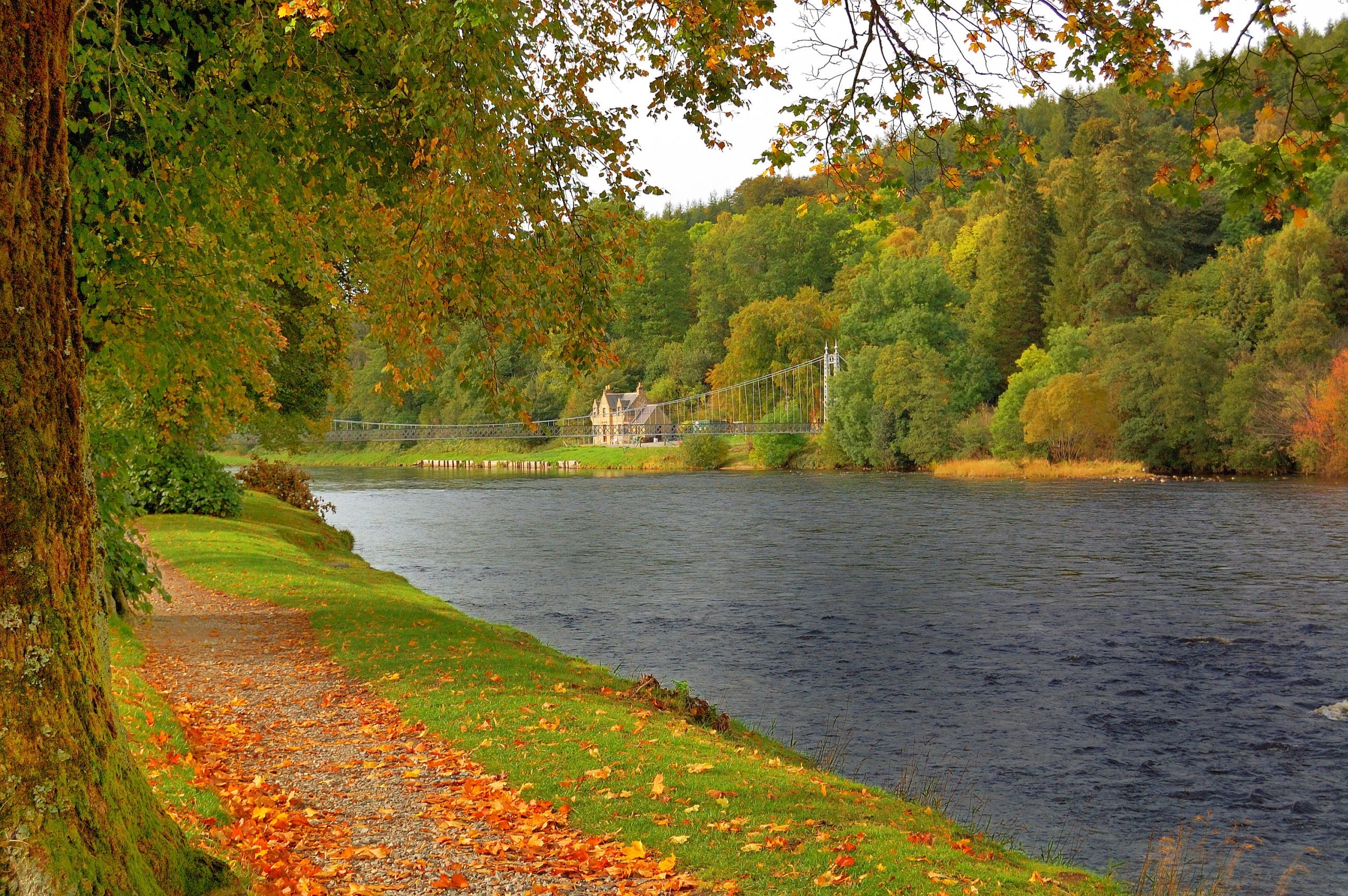
Sample Speyside Way Whisky Tour Itineraries
The following are examples of Gentle, Moderate and Challenging itineraries from Hillwalk Tours for hiking the Speyside Way Whisky Tour:
Day 1: Arrival in Aberlour
Day 2: Dufftown Loop (12.5miles / 20km)
Day 3: Aberlour to Ballindalloch (10miles / 16km)
Day 4: Tomintoul to Glenlivet (8.7miles / 14km)
Day 5: Departure from Ballindalloch
Day 1: Arrival in Fochabers
Day 2: Fochabers to Craigellachie (13miles / 21km)
Day 3: Dufftown Loop (12.5miles / 20km)
Day 4: Craigellachie to Ballindalloch (12.5miles / 20km)
Day 5: Tomintoul to Ballindalloch (14.5miles / 23km)
Day 6: Ballindalloch to Grantown-on-Spey (15miles / 24km)
Day 7: Grantown-on-Spey to Aviemore (17miles / 27km)
Day 8: Departure from Aviemore
Challenging 8-Day (Covering the Entire Trail)
Day 1: Arrival in Buckie
Day 2: Buckie – Fochabers (11.2miles / 18km)
Day 3: Fochabers – Dufftown (18miles / 29km)
Day 4: Dufftown – Ballindalloch (15miles / 24km)
Day 5: Tomintoul to Ballindalloch (16miles / 26km)
Day 6: Ballindalloch to Grantown-on-Spey (15miles / 24km)
Day 7: Grantown-on-Spey to Aviemore (17 miles / 27km)
Day 8: Departure from Aviemore
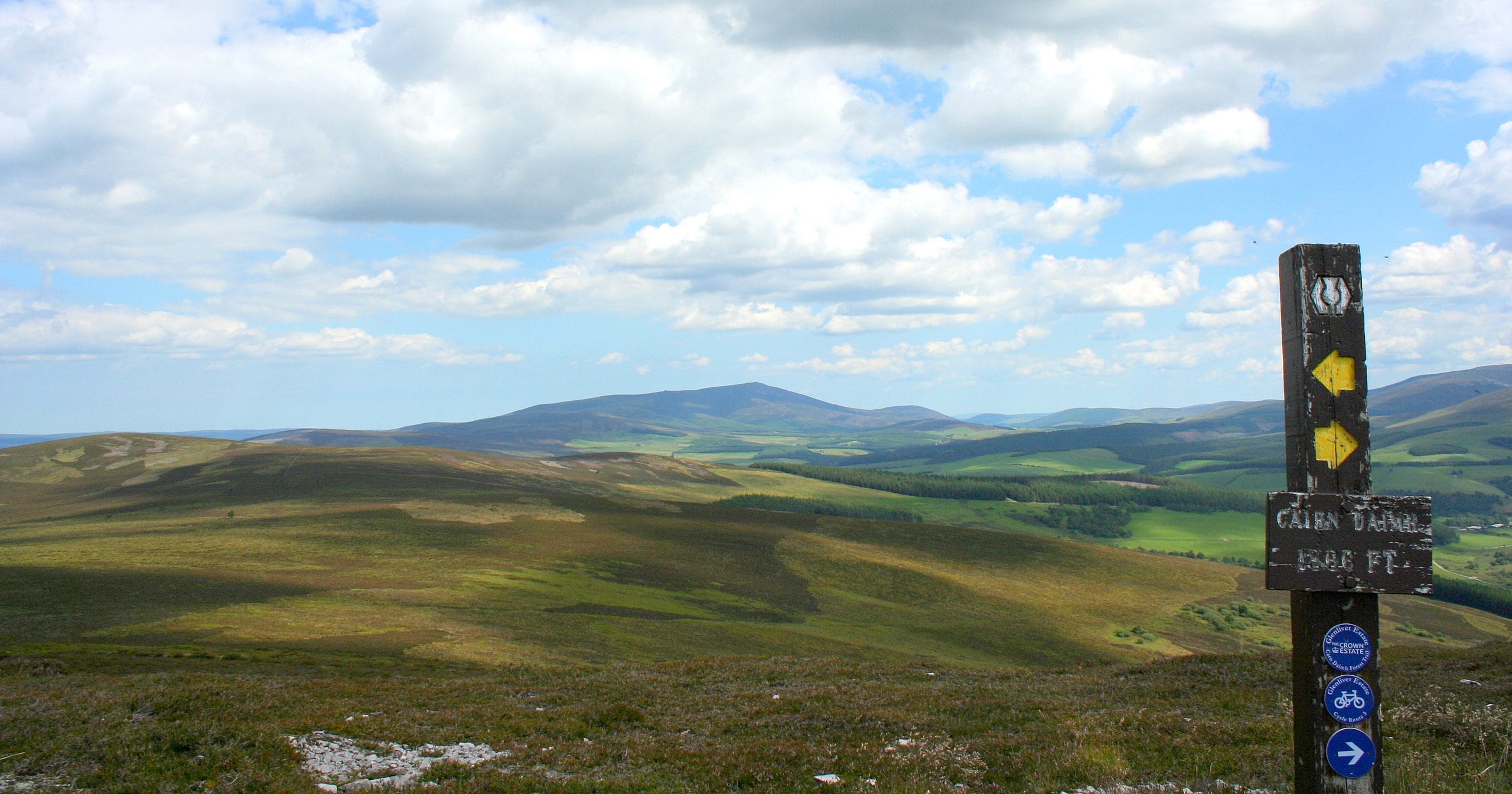
Hillwalk Tours Speyside Way Map
The Speyside Way Terrain
Waymarking
The Speyside Way is fairly well marked, although at times there could be more waymarkers in place. Keep an eye out for wooden posts with an engraved white or yellow thistle symbol. Sometimes signs also say ‘Speyside Way’.
If you are ever in doubt, you can also check the Hillwalk Tours turn by turn directions and route notes including GPS coordinates provided in your walking pack. We also supply all you need to know about local information and history as you pass, along with trail alternatives and other activities.
Difficulty
While the route slowly ascends from the mouth of the Spey towards Aviemore, the climb is generally slow and gentle. The main route stays in the valley of the Spey and for the most part looks towards the hills and mountains rather than climbing into them. The exceptions are the Dufftown Loop and the Tomintoul Spur which are more undulating and cross higher and, in places, more exposed ground. But here as well the paths are good and the climbs are short and not difficult.
Aggregate ascent over the whole route is approximately 2,400m, and there are almost no sustained or steep climbs. The highest point on the Speyside Way is Carn Daimh with 570m above sea level. It is located between Tomintoul and Glenlivet, on the wildest and most spectacular section of the trail.
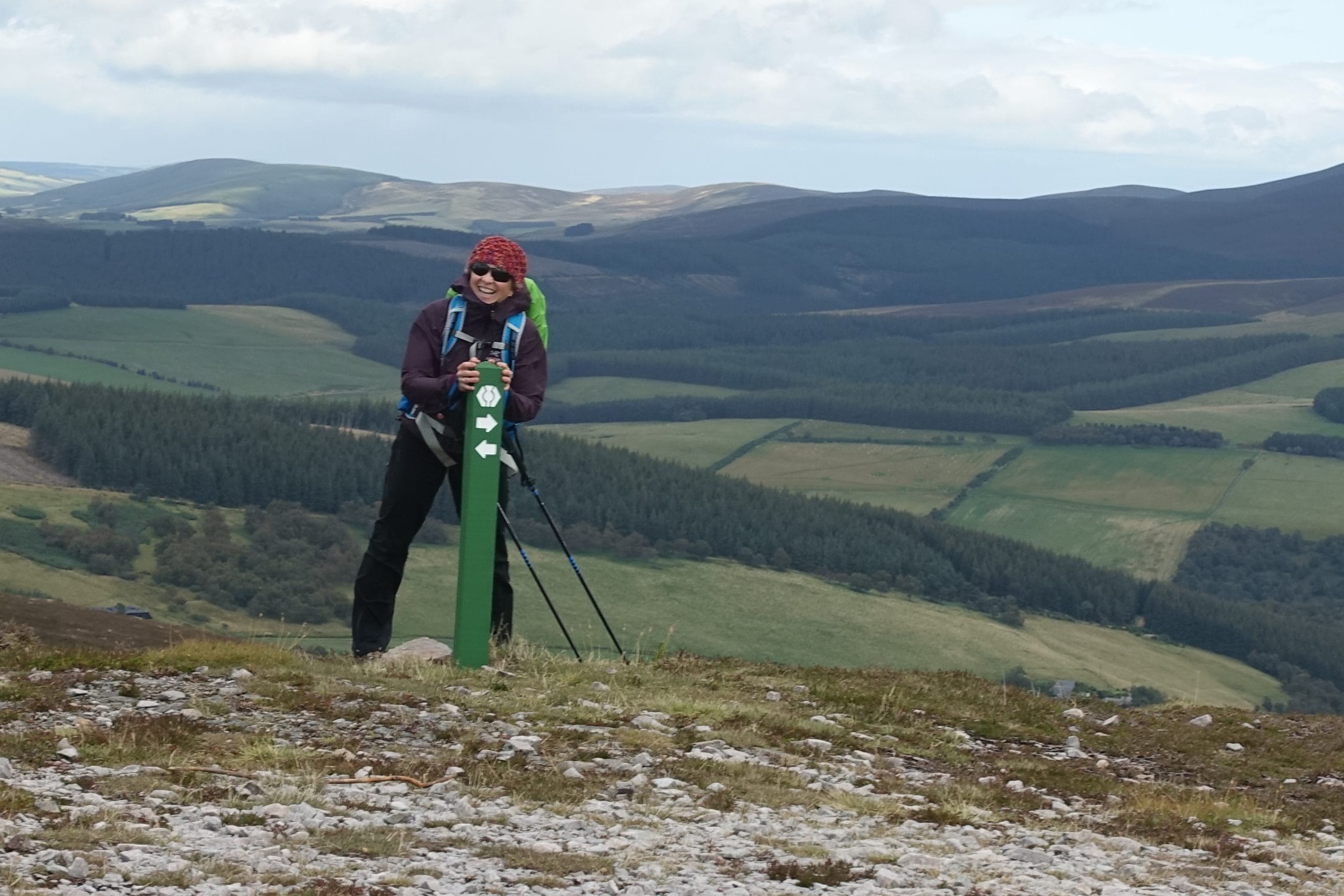
Sights & Attractions
Glenfiddich Distillery
Glenfiddich is probably the most famous distillery in the region. Founded in 1886 by William Grant, this distillery is still a family business today. It is located in an idyllic valley in Dufftown and offers various guided tours.
A tour not only includes a tasting, but allows you to experience the production of the whisky live. The special highlight is the moment when you witness how the master distiller captures the heart of the distillate from the uniquely shaped copper bubbles.

Strathisla Distillery
The Strathisla Distillery was founded in 1786 under the name Milton Distillery and is the oldest distillery in the region that is still in operation today. The distillery has a turbulent history of regular changes of ownership and even bankruptcy. In 1950, the Chivas brothers bought the production facility and since then it has been considered “the home of the Chivas Regal”, a famous blend.
During a tour of the Strathisla Distillery, not only are you allowed to taste and familiarize yourself with whisky, but also to mix your own whisky. The distillery is located in Keith, approximately eight miles from Fochabers and the Speyside Way.
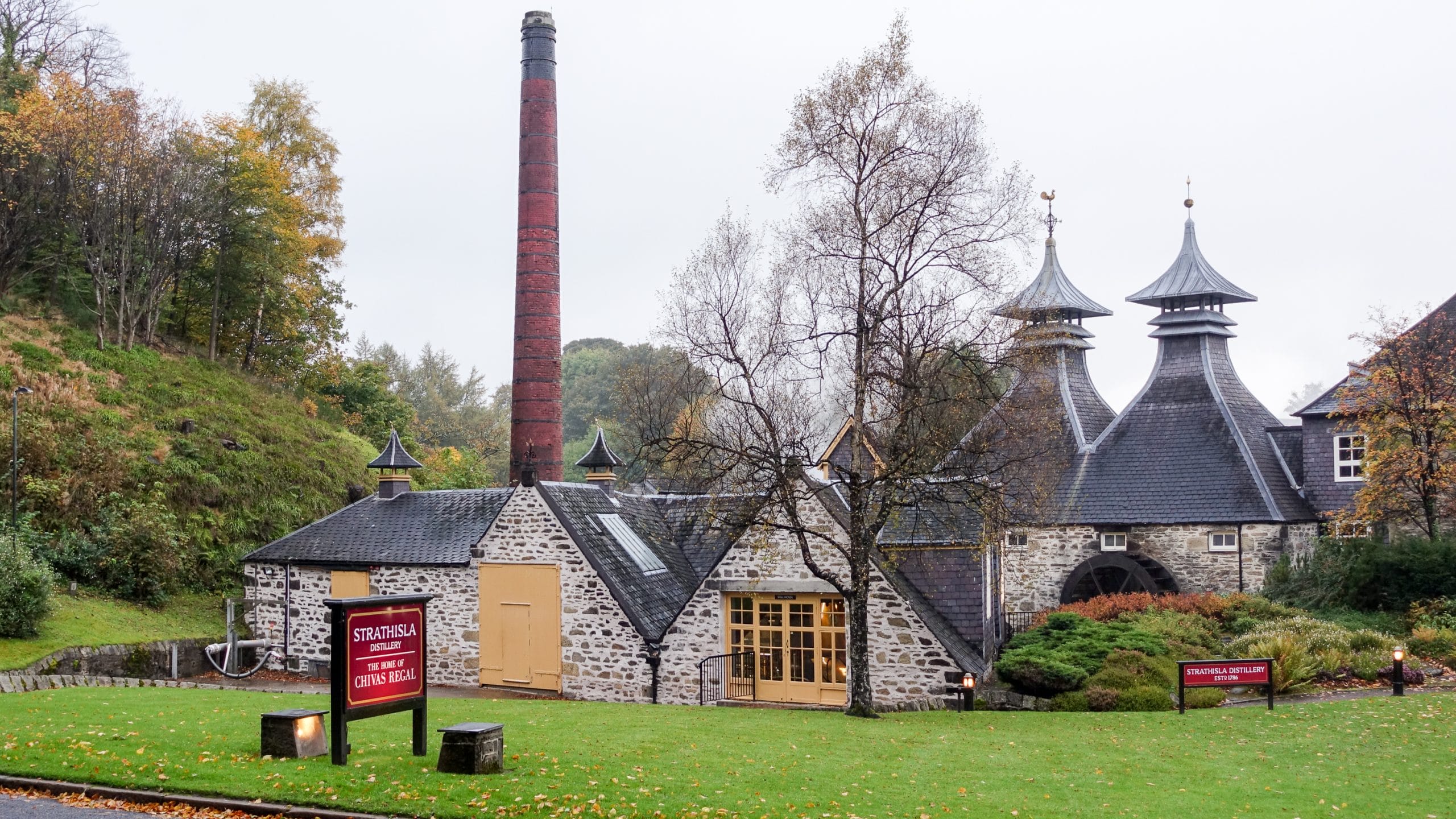
Glenlivet Distillery
The name Glenlivet comes from the Livet Valley (Glen), in which the distillery was founded in 1824. Since then, the region has proudly maintained the quality standards of the region. Even the King of England and many nobles were fans of this whisky. The standard was hotly contested and gladly imitated, so that in 1884 a court ruling forbade other manufacturers to name their whisky Glenlivet.
You can follow traces of this history today if you take a stroll around the distillery on the smugglers’ route. The Glenlivet Distillery itself is open to visitors and offers various tours and tastings. The distillery is located in Ballindalloch on the branch of the Speyside Way, which leads from Tomintoul.
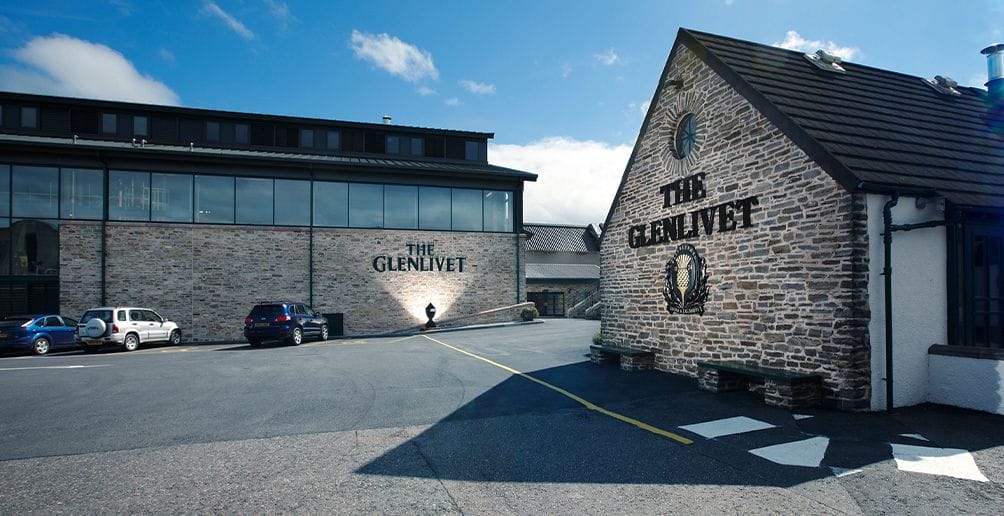
Balvenie Castle
Balvenie Castle dates back to the 13th century and is one of the oldest castles in all of Scotland. The well-preserved curtain wall is an imposing example of medieval military architecture and was supplemented by later Renaissance buildings. Allegedly, the annual rent of the castle at the time of construction was one red rose per year.
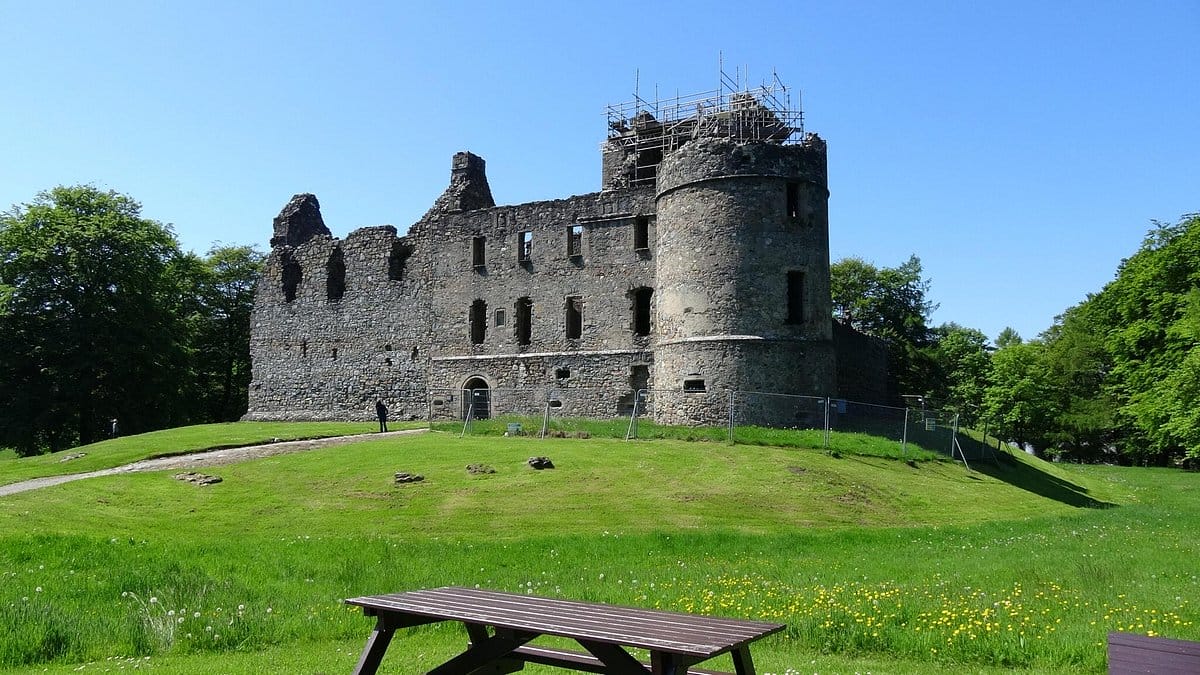
Ballindalloch Castle
Ballindalloch Castle was built a few centuries later (1546) and is still habitable today. Mysterious events run through the history of the building. At the time of construction, what was built up during the day was torn down every night until the condition of a mysterious voice was met.
The ghost of James Grant is also said to haunt the castle. You can get to the bottom of these legends during a visit.

Craigellachie Bridge
The Old Packhorse Bridge at Carrbridge is in fact the oldest stone bridge in the Scottish Highlands. Erected in 1717, it enabled residents to cross the Dulnain River. During floods, the dead could not be brought to the cemetery on the other side of the bank and buried. The construction of the bridge was therefore a great relief and was financed by the municipality.
The Craigellachie Bridge is an iron arch bridge that spans the Spey itself. It was built between 1812 and 1814 and is located in Aberlour. The bridge is considered a masterpiece of engineering and can still be used today by cyclists and pedestrians. She once even inspired the composer William Marshall to write a dance piece.
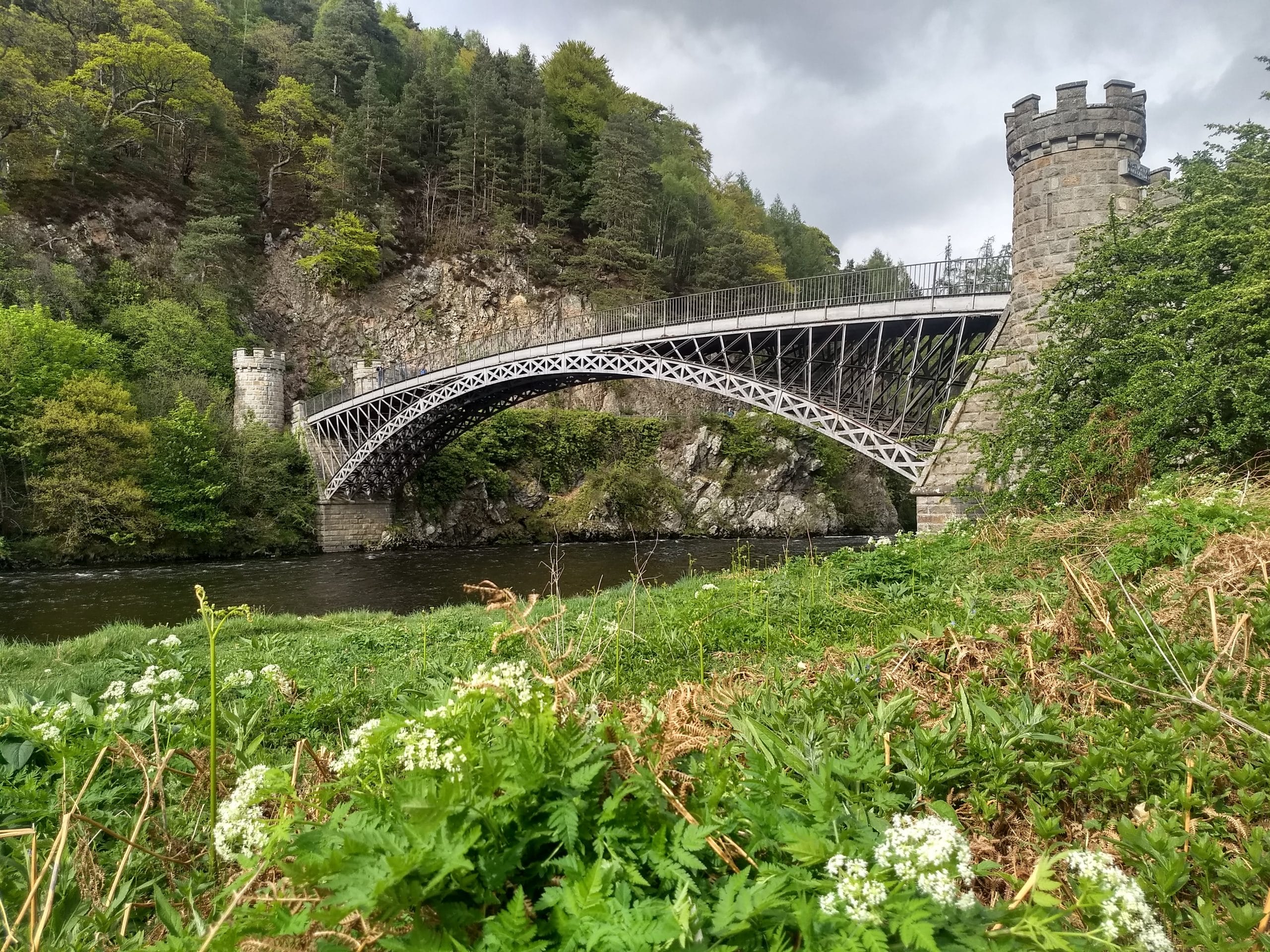
Steam Locomotive
On the 16km long railway line between Aviemore and Broomhill there is a rare sight in summer: a steam locomotive pulls its plume of smoke through the landscape. Forty years ago, volunteers put this historic form of transport back on the rails of the original highland railway line. The Strathsprey Railway runs parallel to Speyside Way and delights hikers with its nostalgic tooting and rattling.
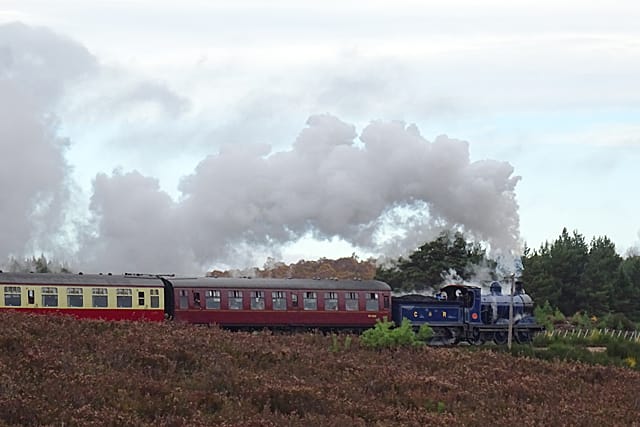
History of the Speyside Way Whisky Trail.
The trail was first opened in 1981, to run from Spey Bay to Ballindalloch, with a trail to Tomintoul being added in 1990. A northern extension from Spey Bay to Buckie followed in 1999. In 2000, The route was finally completed between Ballindalloch and Aviemore. The route now links the Moray coast with the edge of the Grampian Mountains, generally following the River Spey.
Did you know?
The river Spey is 107 miles long, making it the second longest river in Scotland behind the Tay. With a mean flow of 16 miles a second, the Spey is the fastest Scottish river.
The Speyside Way Pop Culture
Film & TV
Mary Queen of Scots
Hitting the screens in 2019, Mary Queen of Scots stars Hollywood starlets Margot Robbie and Saoirse Ronan as duelling Queens. Parts of the movie were filmed in the Strathdon and Glen Feshie areas of the Cairngorms National Park. Saoirse Ronan spoke highly of the region as she discussed the beauty of the Cairngorms in interviews after the film had aired.

Salmon Fishing in the Yemen
The romantic drama starring Ewan McGregor was partly filmed at Ardverikie Estate, which isn’t far from the trail.
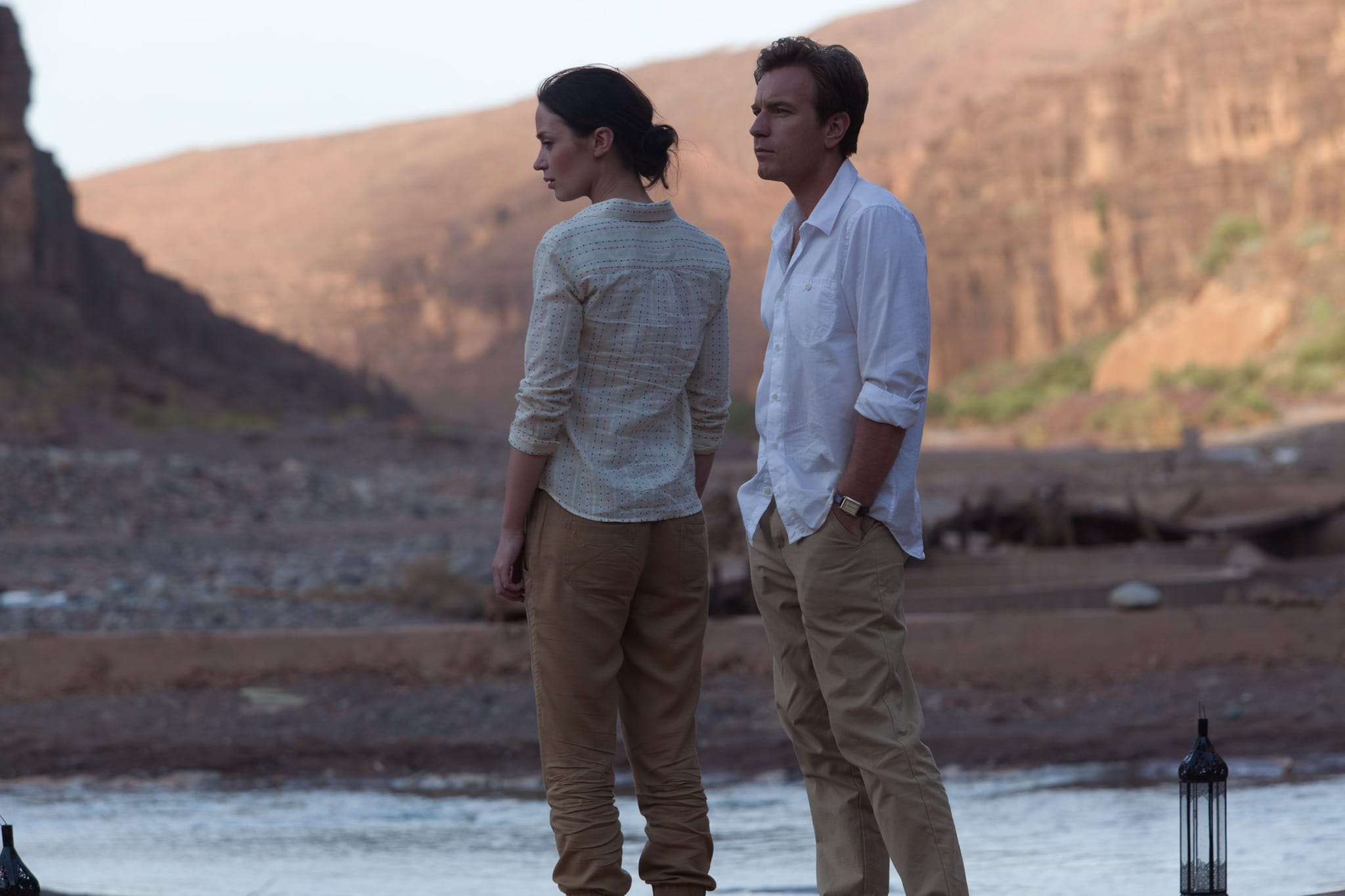
Brave
Disney’s 3D wildly popular animation ‘Brave’ was heavily influenced by the landscapes, wildlife, myths, and legends of the Cairngorms National Park.

The Crown
The Netflix cult-following, The Crown was filmed in several locations around the Cairngorms National Park, including Glenfeshie Estate, Balmoral Estate, and Ardverikie Estate.

Food and Drink
On the Speyside Way there is not only excellent whisky, the (other) side of physical well-being is also more than taken care of. Along the hiking trail you can stop to eat in hotels, pubs and restaurants, or go shopping in supermarkets. Vegetarians and vegans also get their money’s worth in the restaurants on Speyside Way.
Walker’s Shortbread
Probably the most famous specialty made in Speyside is Walker’s Shortbread. Shortbread is a type of rectangular Scottish shortbread that is exported all over the world. In addition to the biscuits, you can try other delicious pastries such as meringues, oat biscuits and cakes at the factory in Aberlour.

Baxters Highland Village
Close to Fochabers, you can also visit Baxters Highland Village, where the grocer has made more than 100 products, including sauces, canned soups and much more, for over 150 years.
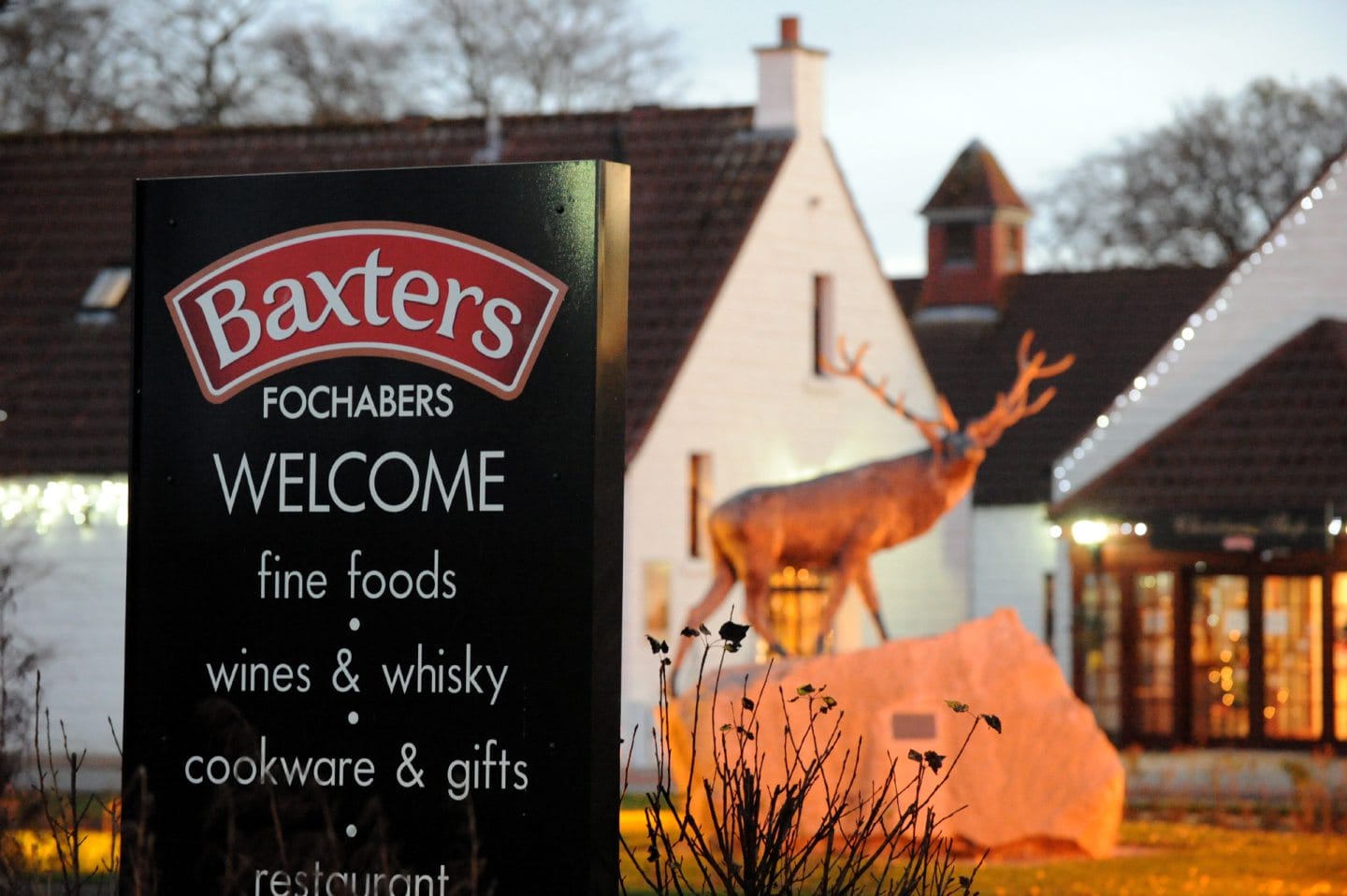
Haggis
When you think of Scottish cuisine, Haggis is probably one of the first things that comes to mind. It is a savoury pudding which is made up of a delicious combination of sheep’s pluck (organ meats), oatmeal, onions, salt, and spices. To some, haggis isn’t often the prettiest of foods, but makes up for it with its palatable taste..

Deep-Fried Mars Bars
Deep-fried Mars bars are a unique dessert that were invented in 1992 by John Davie. The famous chocolate bar is battered with a mixture of flour, eggs, and milk, then deep fried. You can find this delightful snack sold in fish and chip shops (also known as chippers) throughout Scotland.
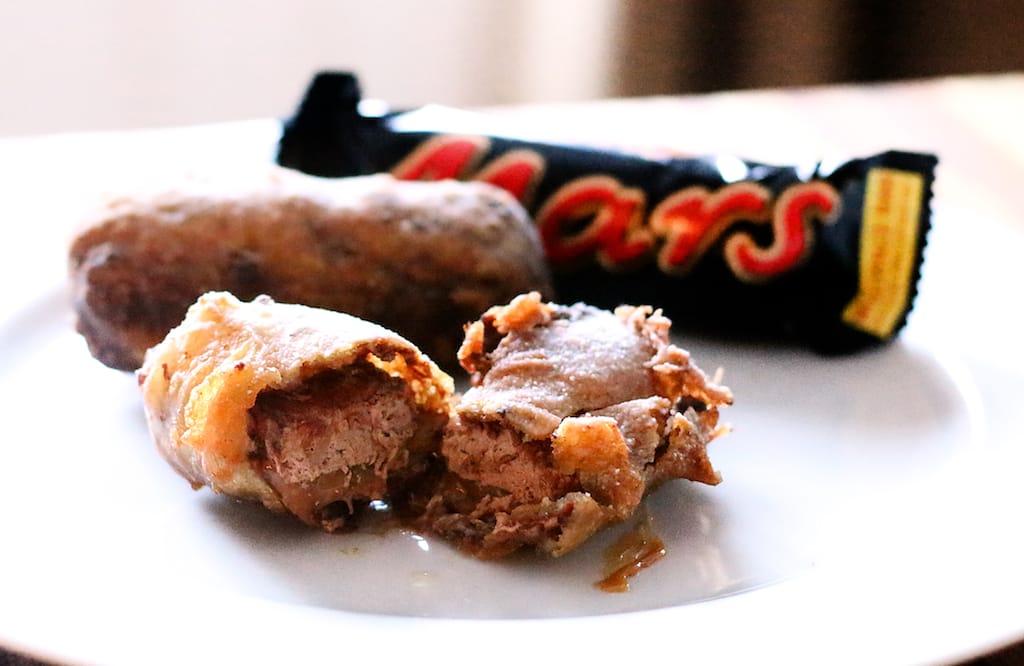
Neeps and Tatties
Often accompanying the national dish of haggis, neeps and tatties are made from root vegetables that have been boiled and mashed into two delicious side dishes. When served alongside Haggis, the meal in its entirety is called a “Burns supper”. Neeps and tatties is just another name for potatoes and turnips.
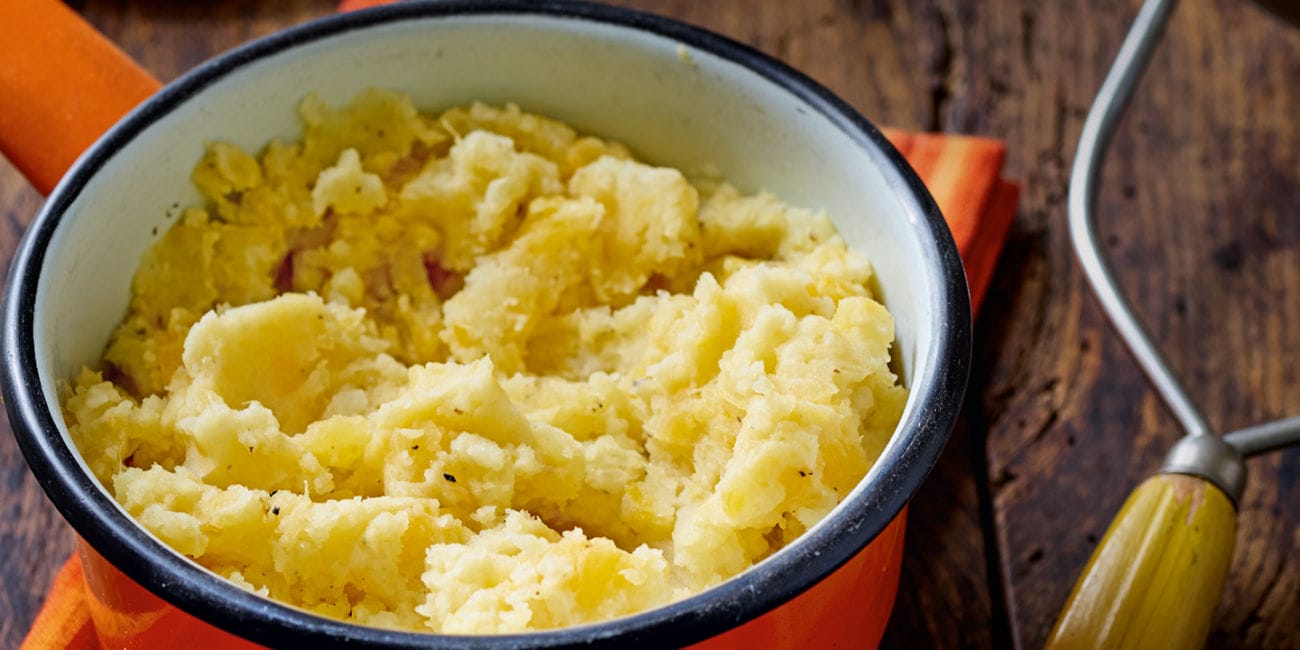
Cullen Skink
Originating in the northeastern part of Scotland in a small village named Cullen, this creamy smoked fish soup is another traditional Scottish dish. Cullen skink consists of smoked haddock, cream, potatoes, and onions, and is typically served with a side of toasted bread. While it originated as a local specialty of Cullen, you can find this popular soup on Scottish menus nationwide.
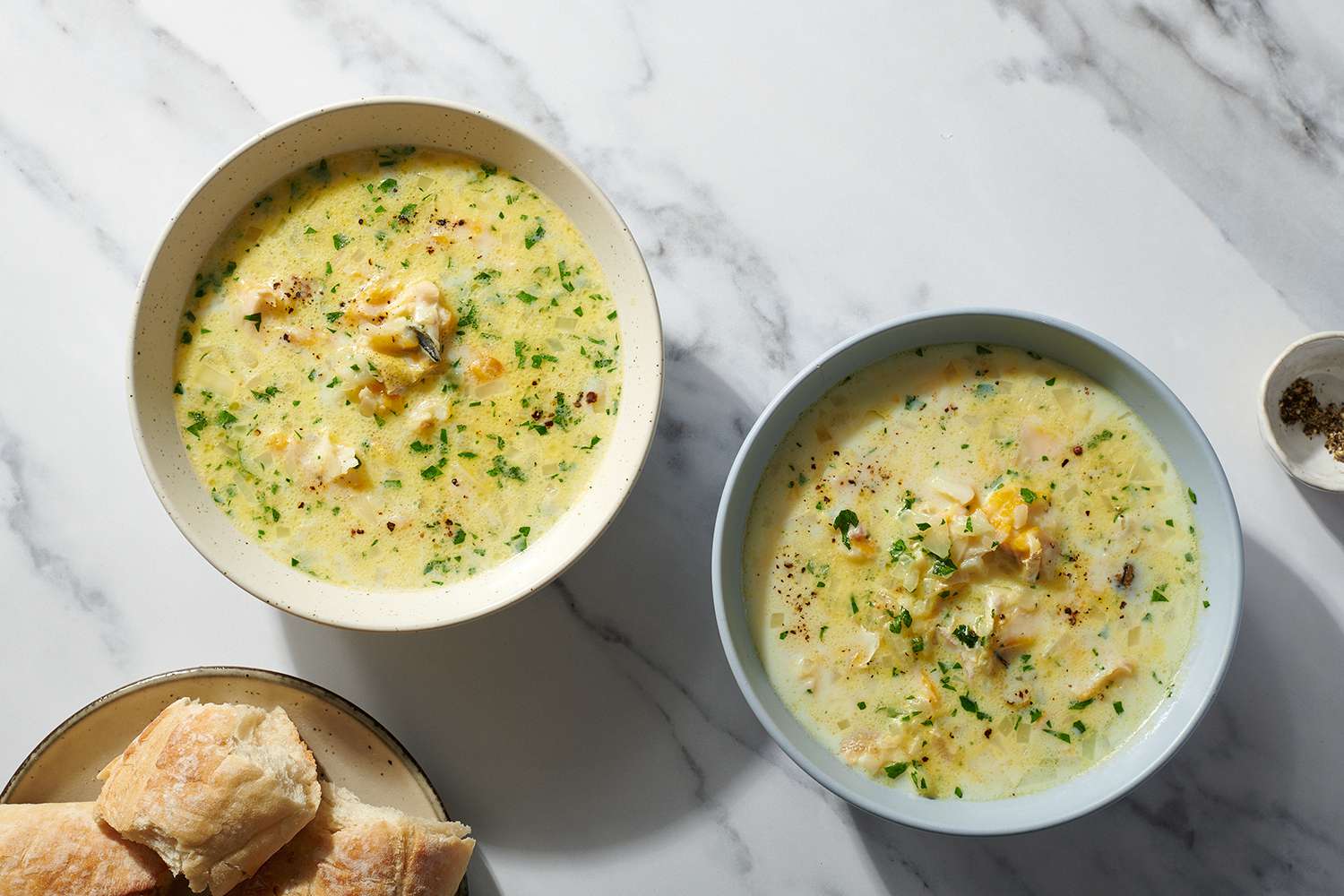
Scotch Whisky
It is hard to not mention Scotland without ever thinking of their world-renowned scotch whisky. It can be made from malted barley, wheat and/or rye with every whisky having to be aged in an oak barrel for at least three years. With the first written record of whisky recorded in 1494, there are now around 140 whisky distilleries currently operating in Scotland.

Irn Bru
Often referred to as Scotland’s second national drink, Irn-Bru is an orange-coloured soft carbonated drink that holds a distinctively sweet, tangy taste. It is so popular throughout Scotland that it has long been the best-selling carbonated drink ahead of Coca-Cola and is the third largest selling soft drink across the United Kingdom. The Scots are such fans of this fizzy pop that they even use it to glaze their ham or to make cupcakes!

Drambuie
Drambuie is a Scottish liqueur.. It was invented in the 18th Century by John MacKinnon. The name Drambuie is thought to originate from the Scottish Gaelic phrase An Dram Buidheach. This means “the drink that satisfies” or “the satisfying dram”.

Is The Speyside Way Whiskey Trail Vegan Friendly
The vegan diet has become more and more popular throughout Europe in recent years, and you will find that there are plenty of vegan options available in most eateries. Each of the accommodation we work with at Hillwalk Tours have given us their guarantee that vegan breakfasts will be catered for once they have been informed. That being said, some of the more rural locations of the trail may have limited options so we advise bringing certain items such as plant-based milk, nut butters or protein powders if you so choose.
In addition, the following apps show restaurants which offer vegetarian and/or vegan options:
Nearby Trails
There are various other Scottish trails available to you once you have completed the Speyside Way Whisky Trail. Here are the other Hillwalk Tours hiking tours in Scotland that we offer:
The Speyside Way Whisky Way Tips and FAQs
Probably the most common question asked when walking the Speyside Way Whisky Trail or planning any hiking holiday is – what will I pack?
Once you have fully booked your Hillwalk Tours hiking holiday, you will receive a detailed ‘recommended equipment’ list inside your walking pack. For those of you who are still unsure, here are some of things we advise you bring with you along the Speyside Way Whisky Trail:
– Waterproof Clothes
– Fleece and other warm clothing
– Base Layer
– Light and comfortable trousers
– Wicking Socks
– Suitable Hiking Boots
– Backpack/Rucksack
– Hat and Gloves
– First Aid Kit & Foil Blanket
– Whistle & Torch
– Insect Repellent & Midge Net
– Mobile Phone
– Plug Adapter/Converter
For more on what to pack – check out these packing musts.
Unfortunately, dogs are not welcome on the Speyside Way Whisky Tour or the surrounding mountains due to the amount of farm animals such as cattle and sheep grazing on the land. In addition, as most of the accommodation we work with in this area don’t accept pets of any kind, it is not possible to bring any pets, such as your dog, on a Hillwalk Tours hiking holiday.
If you experience any difficulty or emergency of any kind, it is advised that you phone the relative emergency services on 999 or 112. It is also important to note that mobile phones in Ireland can call this number with or without mobile/cell coverage. For those who have fully booked their Hillwalk Tours hiking holiday on the, we provide 24/7 on-call support to all of our customers and you will receive a detailed description on how to remain safe during the course of your hike.
Yes, solo hikers are more than welcome to complete the Speyside Way Whisky Tour and the trail proves to be quite popular for solo hikers. However, due to the limited availability of single rooms along the trail, it is important to note that booking early is recommended, in addition to a single supplement charge also being applicable.
We believe that the beauty of the Scottish countryside should be enjoyed by everyone. With this in mind, we designed our hiking tours to cater for practically all levels of fitness. Our range of ‘Gentle’, ‘Moderate’ and ‘Challenging’ hikes in all regions allows you to decide how far you wish to walk each day and the pace you set. So, whether you are a novice walker or an experienced hiker, we always have a tour to suit you
Generally, our tours take place between the months of March to October to hopefully allow for good, dry weather and longer days of daylight while you carry out your tour. This will hopefully ensure that you enjoy your hiking experience with us to the fullest. You can also check out the individual tour page for the Speyside Way Whisky Tour on our website.
Our 7-Day tours include 6 nights of accommodation – specifically the first 6 nights on your hiking tour. Your tour finishes on the seventh day when you check out of your last accommodation. These 7-Day tours include 5 days of hiking. The first and last days of all our hiking tours are travel days used to transfer to/from the town where your hike will begin/end. If you would like to hike for 7 days, simply select one of our 9-Day tours.
The Speyside Way Whisky Tour Image Gallery
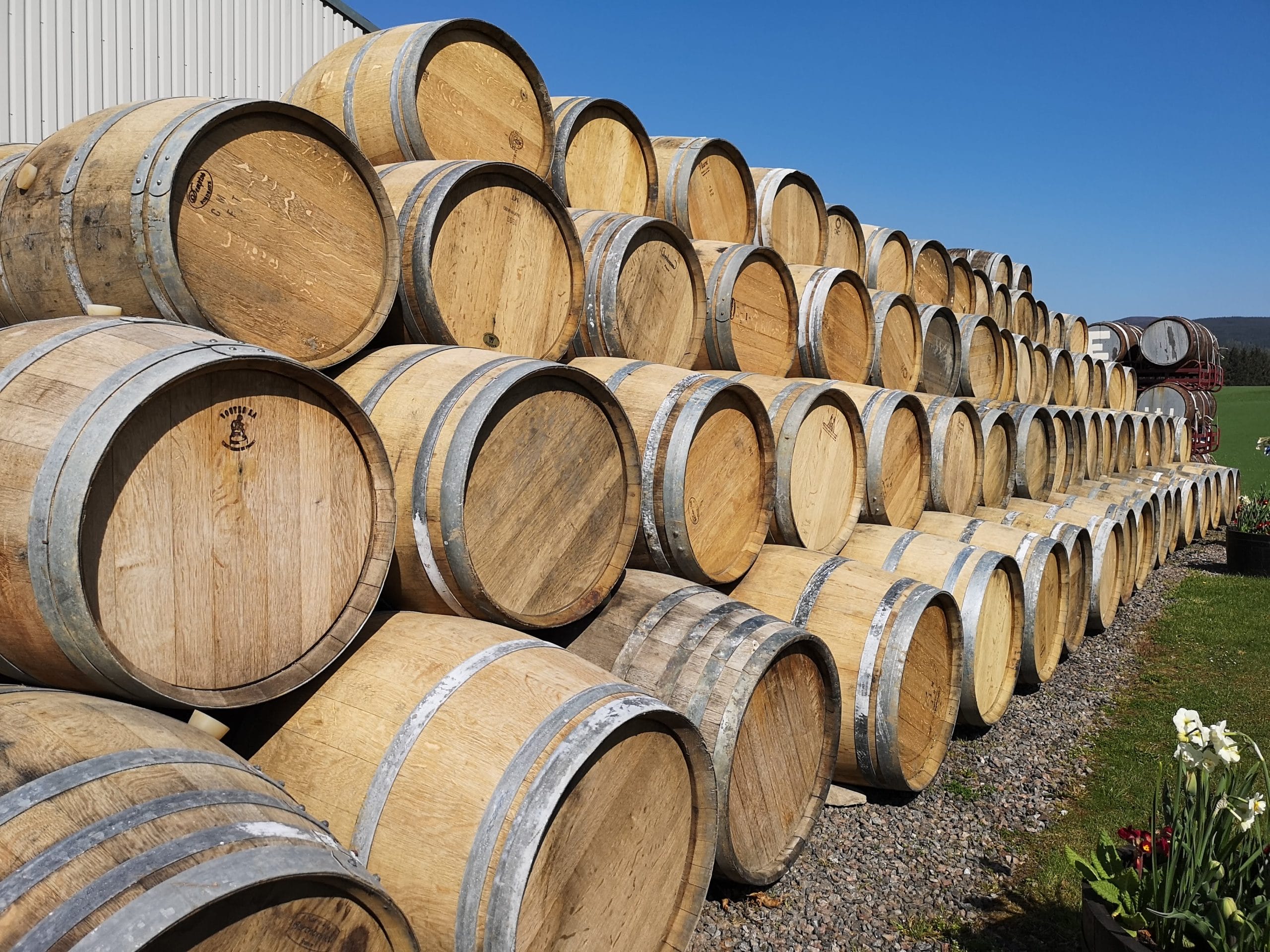


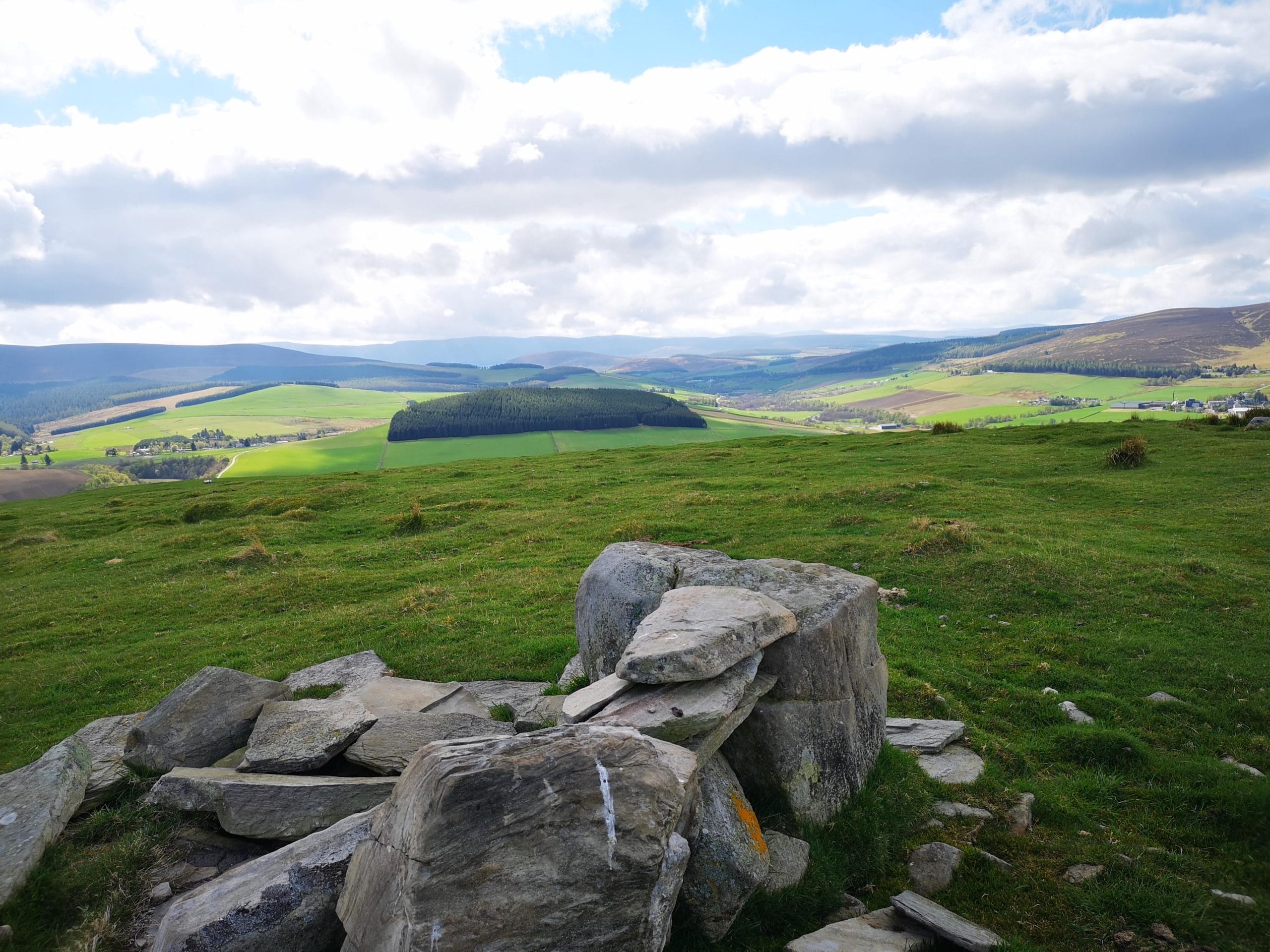
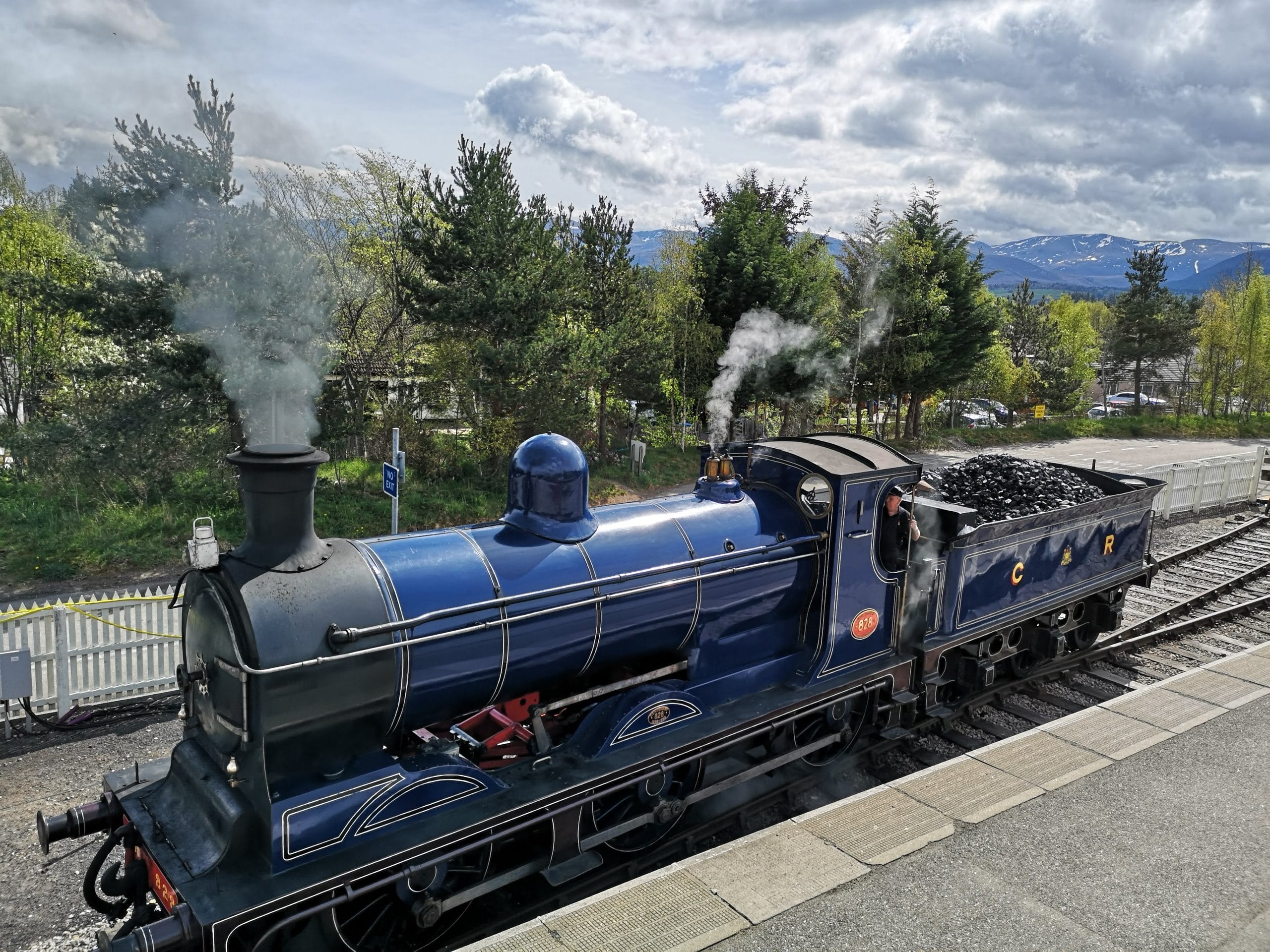
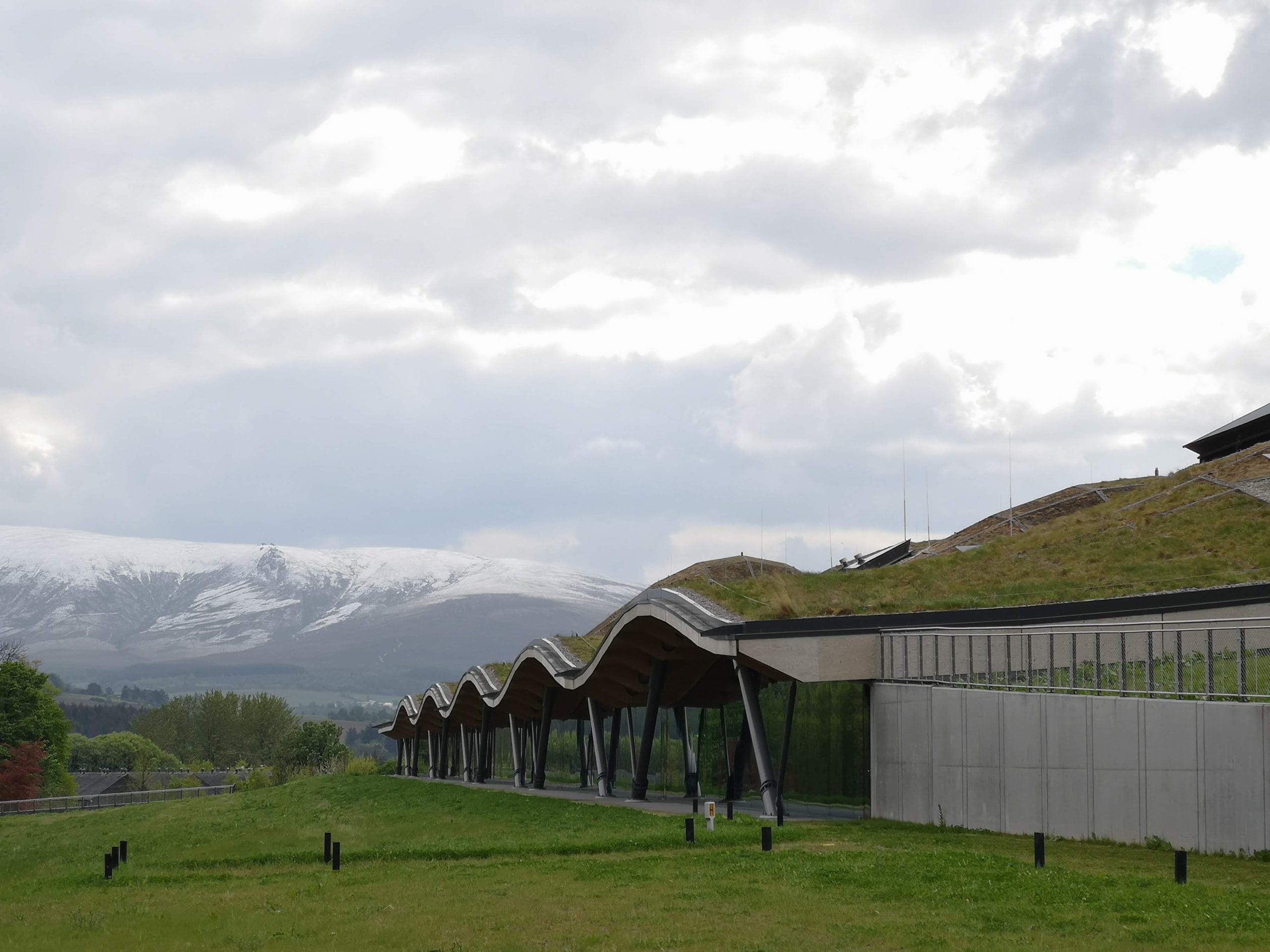


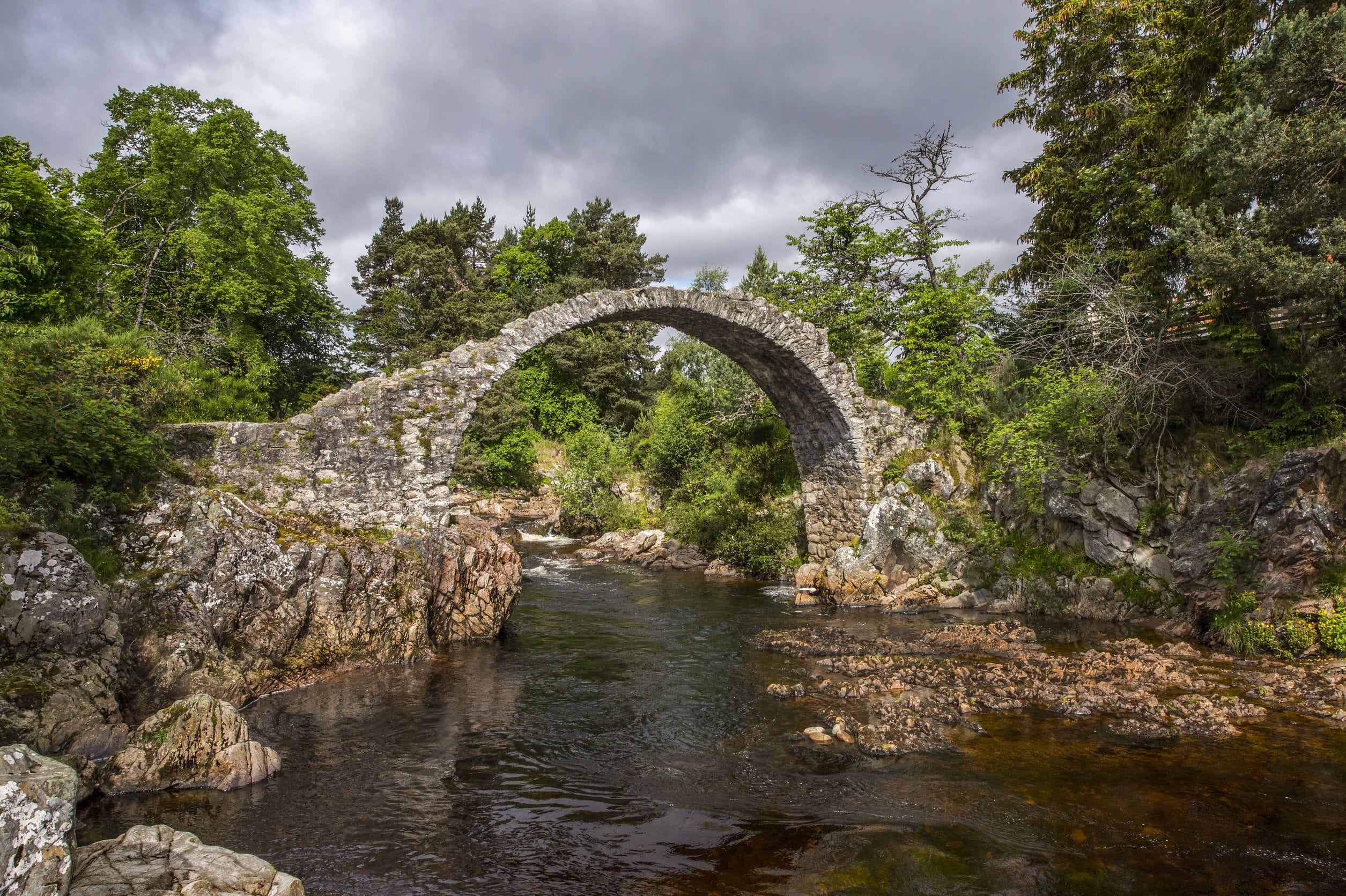
Hillwalk Tours
About Us
Hillwalk Tours is an award-winning walking tour operator which specialise in self-guided walking holidays in Ireland, Scotland, England, Wales and along the Camino de Santiago in Spain. Our goal is to create happy experiences for all of our customers, suppliers & staff.
Fill out the form below with any questions you may have and we will get back to you promptly.
Follow us on our social media platforms
Leave No Trace
We like to walk in nature and since you are reading this – we believe you do too! It is important to ensure that our impact on the environment is limited so that hikers can enjoy the same view after us. The rule applies: when you leave, make sure that nature looks the same as when you arrived or simply put “leave no trace.” As more and more people take to the great outdoors, our collective mark on the environment increases.
What does this mean in reality? Of course, do not leave any rubbish or waste behind. Do not collect stones, flowers, or other “souvenirs”. Don’t carve your name on a tree or break branches… I think you get the drift. It is imperative for walkers to play their part in making sure litter, damage to vegetation and all forms of pollution are limited.
Noise can also be a form of pollution. Whoever walks through a forest talking and laughing loudly, for example, ruins the peace and quiet of other walkers, who can no longer hear the birds. The same goes for cell phones that suddenly start ringing. Keep the volume down and respect your surroundings. Ultimately, the point is to ensure that as many people as possible can enjoy walking through nature. So that applies to you, but also to those who tread the path after you.
Hillwalk Tours proudly supports sustainable tourism and loves the countryside as it is – wild, peaceful and clean. We are proud to support the “Leave No Trace” initiative that aims to preserve the natural beauty of each nations countryside where we offer hiking holidays. We try to create happy experiences for our accommodation too, and the restaurants, shops and taxi companies that serve our walkers. These are often small businesses located in isolated areas that have been left behind by urban migration and a lack of investment in rural regions. Their warm hospitality and friendly welcomes epitomise the magic of a Hillwalk Tour and we’re dedicated to helping keep these rural communities alive.
The Benefits of Hiking
In recent years, walking and hiking outdoors has been widely reported to have numerous physical and mental health benefits. The following are examples of some of these benefits:
Improve strength and fitness
- Weight loss
- Muscle gain
- Improve metabolism
- Improve digestion
- Better quality sleep
- Increase in Vitamin D
- Improve discipline
- Sense of achievement
- Living in the present moment
Hiking Equipment List
For a more in-depth list of recommended hiking equipment list, click here.


